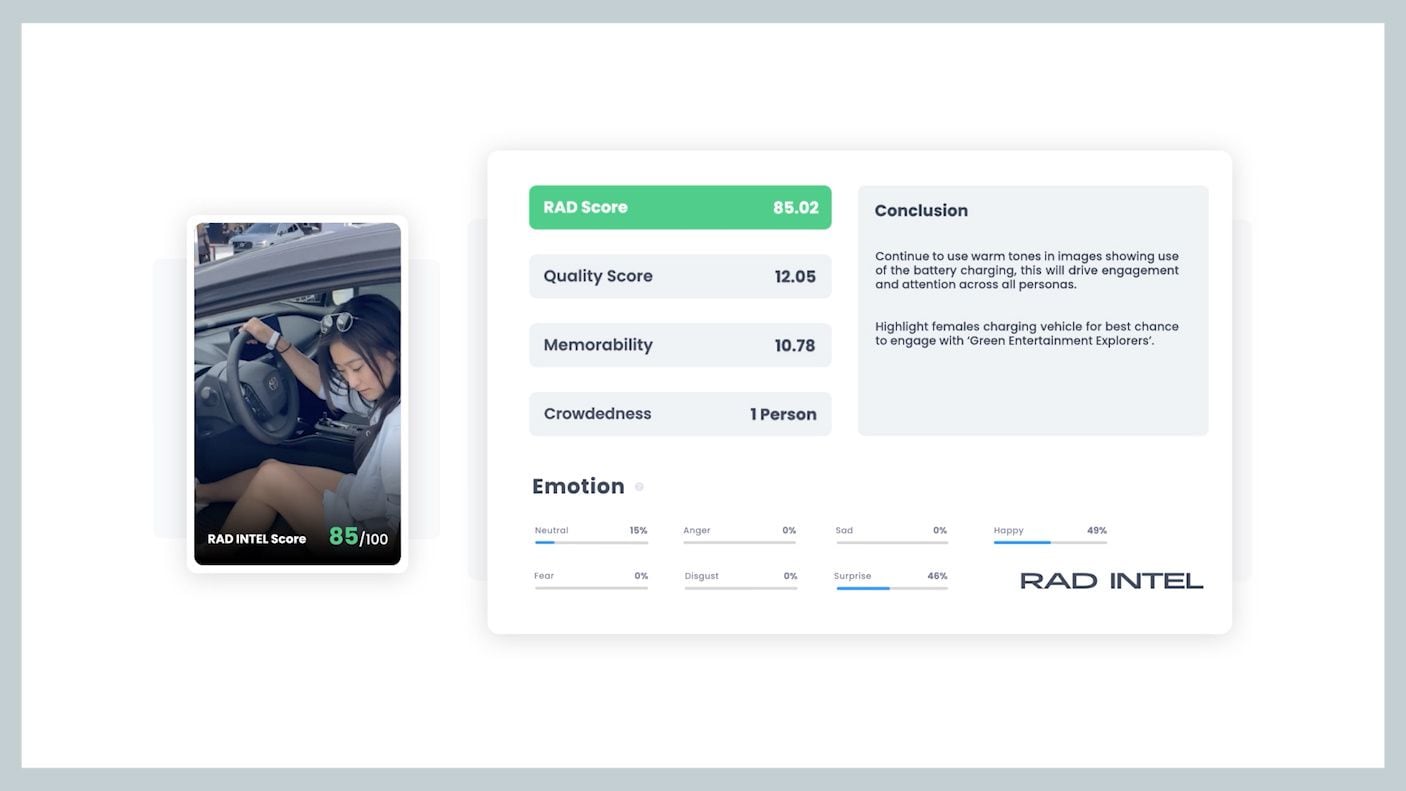People are spending big money for art that they'll never get their hand on — literally. Singer Grimes raked in $5.8 million over the weekend selling digital art that can only be accessed through a special cryptocurrency token. It's the latest, and among the most high-profile, NFT sales to date.
NFTs, or non-fungible tokens, are becoming increasingly popular in the world of online art, allowing for the ownership and trading of scarce digital assets like images, videos, or animations.
While similar to cryptocurrencies like bitcoin in the fact that they can be stored on a blockchain, NFTs are distinct because each token is "non-fungible," or not mutually interchangeable with another token.
According to Mike Steib, CEO of online art marketplace Artsy, NFTs help protect the purchaser in an era when works of art can be copied and reposted online frequently. The tokens allow for the acquisitions and sales of digital-only pieces.
"With a digital asset, they're easily copied, so actually claiming ownership of digital assets is more complicated. Blockchain makes it possible for those digital assets to be encrypted and stored on the blockchain so that the ownership is recorded and is publicly available, and it can't be copied," Steib told Cheddar.
Since NFTs are still very new, Steib said it is hard to tell whether or not it is just a momentary fad or if there is real promise for the usage of the tokens to expand in years to come, particularly in art collecting.
"It's very buzzy right now, and it's not the first time that we've seen a big spike in a market for collectibles. We have seen it in Beanie Babies. We have seen it now in NFTs. We saw it with GameStop stock," he explained. "What is yet to be determined is whether or not this is the beginning of a trend or a short trend."
The CEO said his platform plans to keep an eye on NFTs, noting collectors and traders online seem to be showing a lot of support for them. However, the trading of physical artwork remains the first priority as many artists still struggle to find a marketplace for their work.
"There's a big problem that needs to be solved in the art world, and it's that of the three million people who are working artists, 95 percent of them earn below the poverty line with their art," he said. "And the reason is that the art world is just not big enough today."
Artsy is working to attract more art collectors and make it easier for them to buy online. To do that, the platform is partnering with galleries and auction houses to grow the market for real-world art sales.
"At the same time, we are a servant to our art galleries and our collectors, and if what we hear from them is that NFTs can enhance their practices and the work of their artists, you can be sure that we'll be standing by to help," Steib noted.












